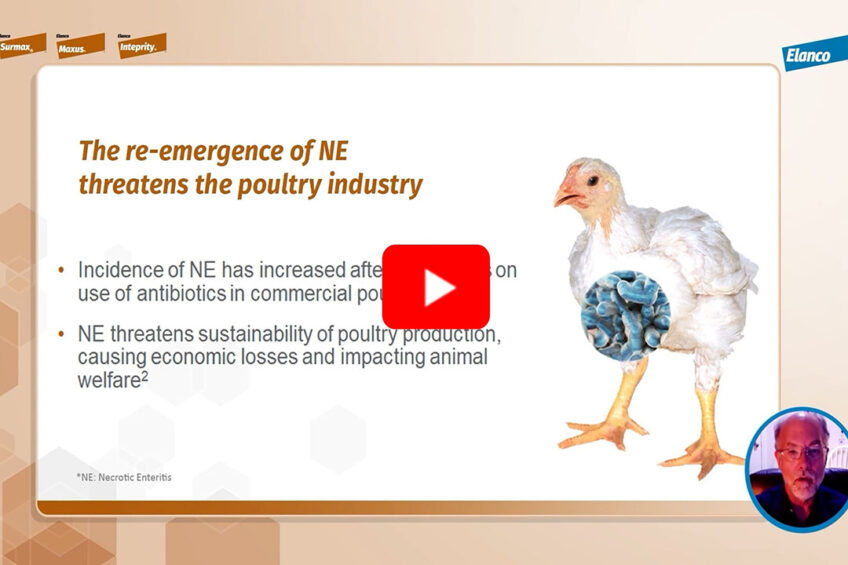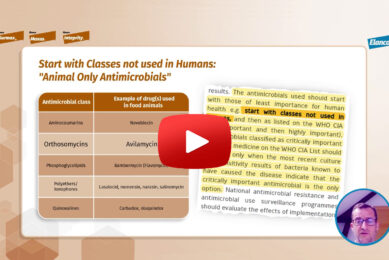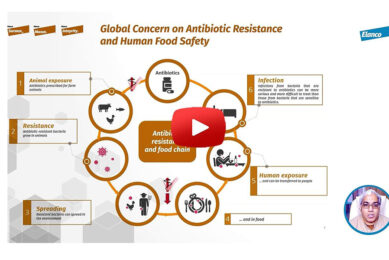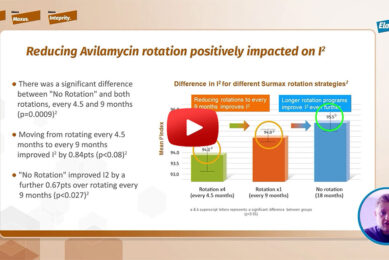Video 1: Necrotic Enteritis significance and losses in broilers

The first video in this new series discusses how Clostridium perfringens remain a threat in poultry houses and how the re-emergence of Necrotic Enteritis threatens the poultry industry.
Necrotic Enteritis is a poultry disease caused by Clostridium perfringens, a spore-forming bacteria found in soil – it’s a normal bacteria found in the caeca of broiler chickens. Clostridium perfringens would not ordinarily be found at high levels in the small intestine of a healthy bird.
Incidence of Necrotic Enteritis has increased after restrictions on use of antibiotics in commercial poultry and threatens sustainability of poultry production, causing economic losses and impacting animal welfare1,2.
There are 2 forms of Necrotic Enteritis: clinical and subclinical. Clinical Necrotic Enteritis results in mortality and a roughened appearance of the intestine. Subclinical Necrotic Enteritis results in higher feed conversion, poor growth rate, and uniformity issues.
Economic losses from Necrotic Enteritis are estimated at US$ 5 cents per bird3, causing a loss of billions of US dollars in the broiler industry worldwide, due to poor performance and treatment costs.
References are available on request.






